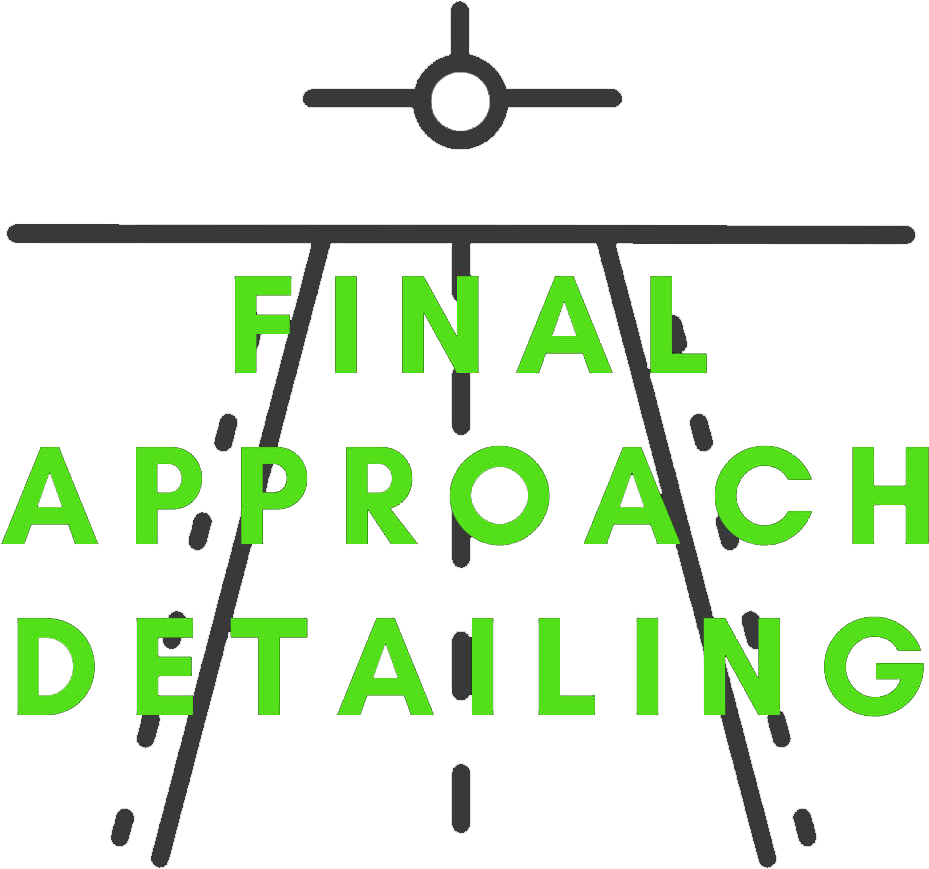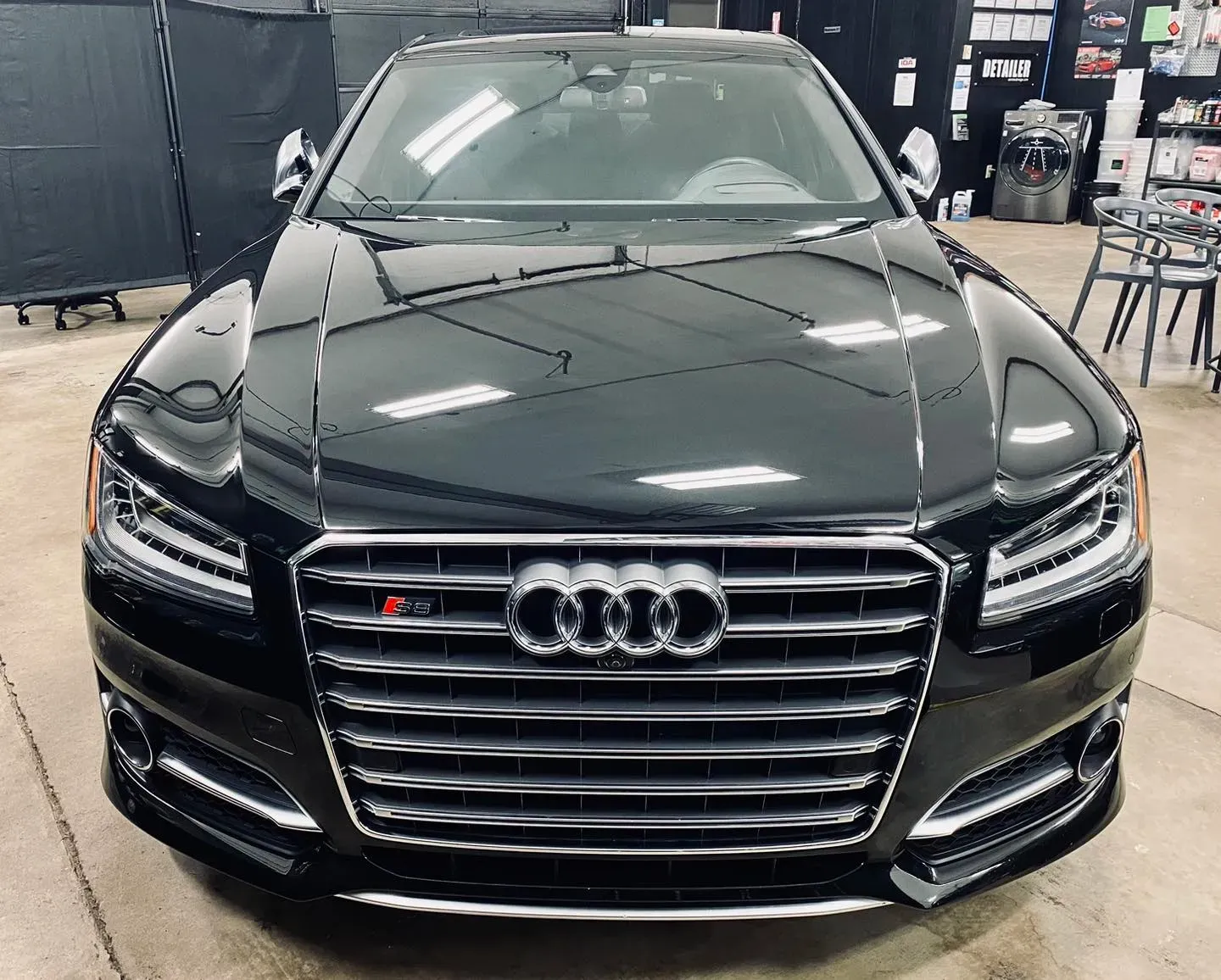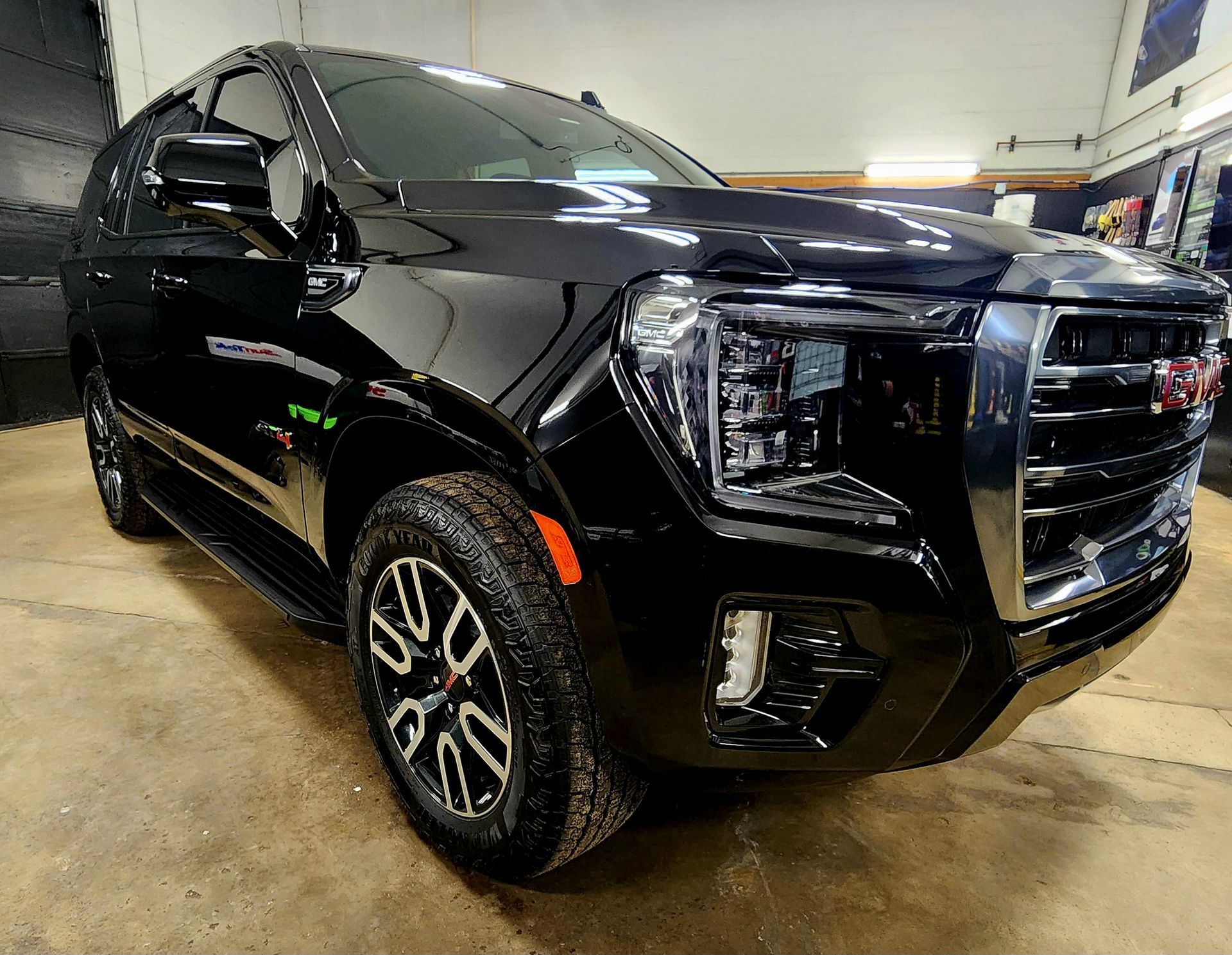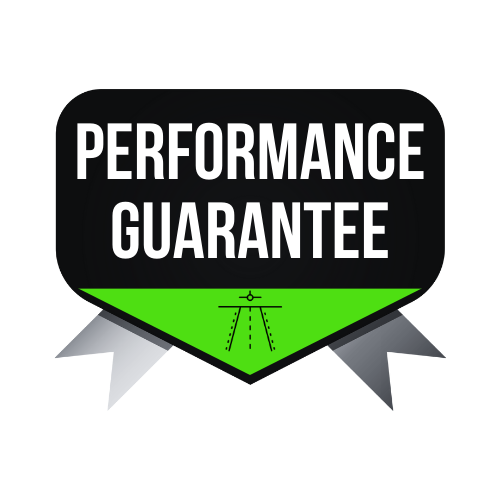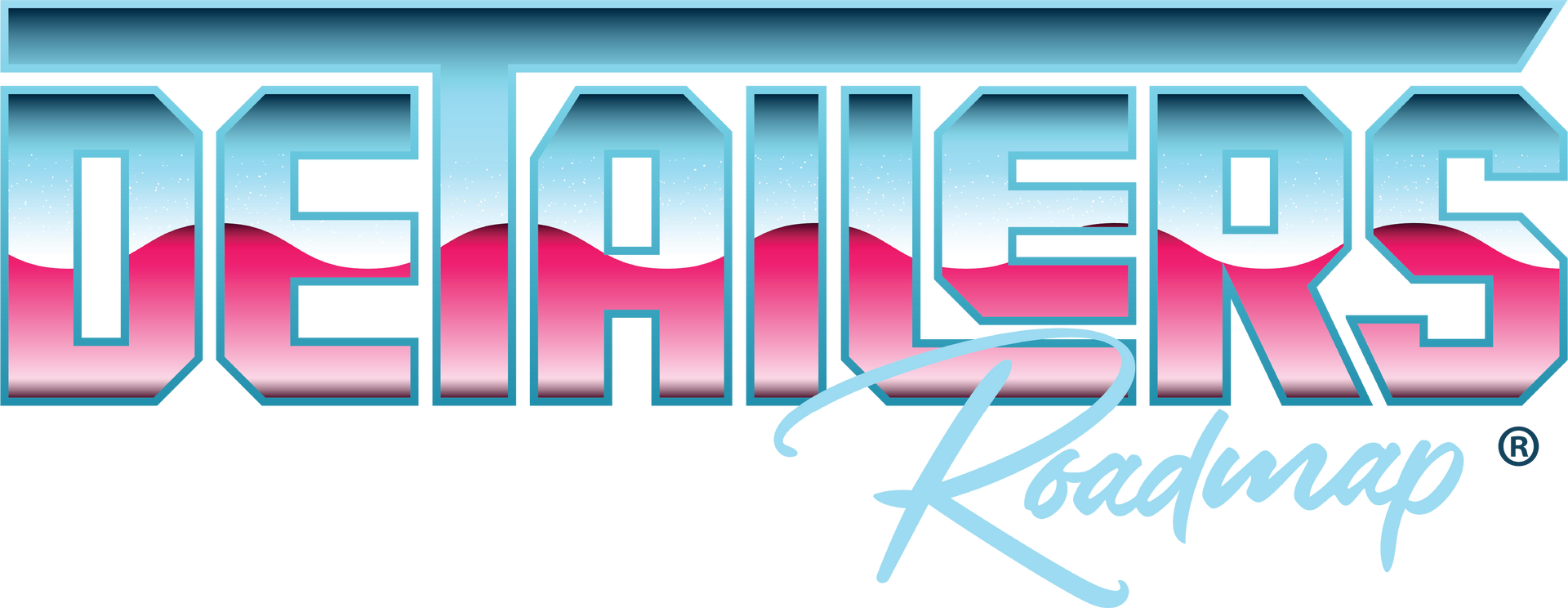What Is the Difference Between Paint Protection Film vs Wrap?
When it comes to vehicle protection, many car owners find themselves choosing between two popular options: paint protection film (PPF) and vehicle wraps. Both offer distinct benefits, but understanding what sets them apart is key to making the right choice for your car’s protection and aesthetics. This article will clarify the distinctions between paint protection film vs wrap, helping you decide which is the best option for your vehicle.
If you're ready to explore these two methods of safeguarding your car and enhancing its appearance, let’s dive into what each option brings and how they differ.
What Is Paint Protection Film?
Paint protection film (PPF) is a transparent, self-healing protective layer applied to the surface of your vehicle. Made from thermoplastic urethane, PPF is designed to protect your car’s paint from scratches, chips, stains, and other environmental contaminants like bird droppings or road salts. It’s known for its high durability and ability to preserve the vehicle’s original paint.
Material and Application
The film is often invisible after installation, protecting without compromising the vehicle’s appearance. When applied correctly, it molds seamlessly to the contours of your car, offering a smooth, barely noticeable layer of defense. PPF can cover your entire vehicle or target high-impact areas like the front bumper, hood, and side mirrors.
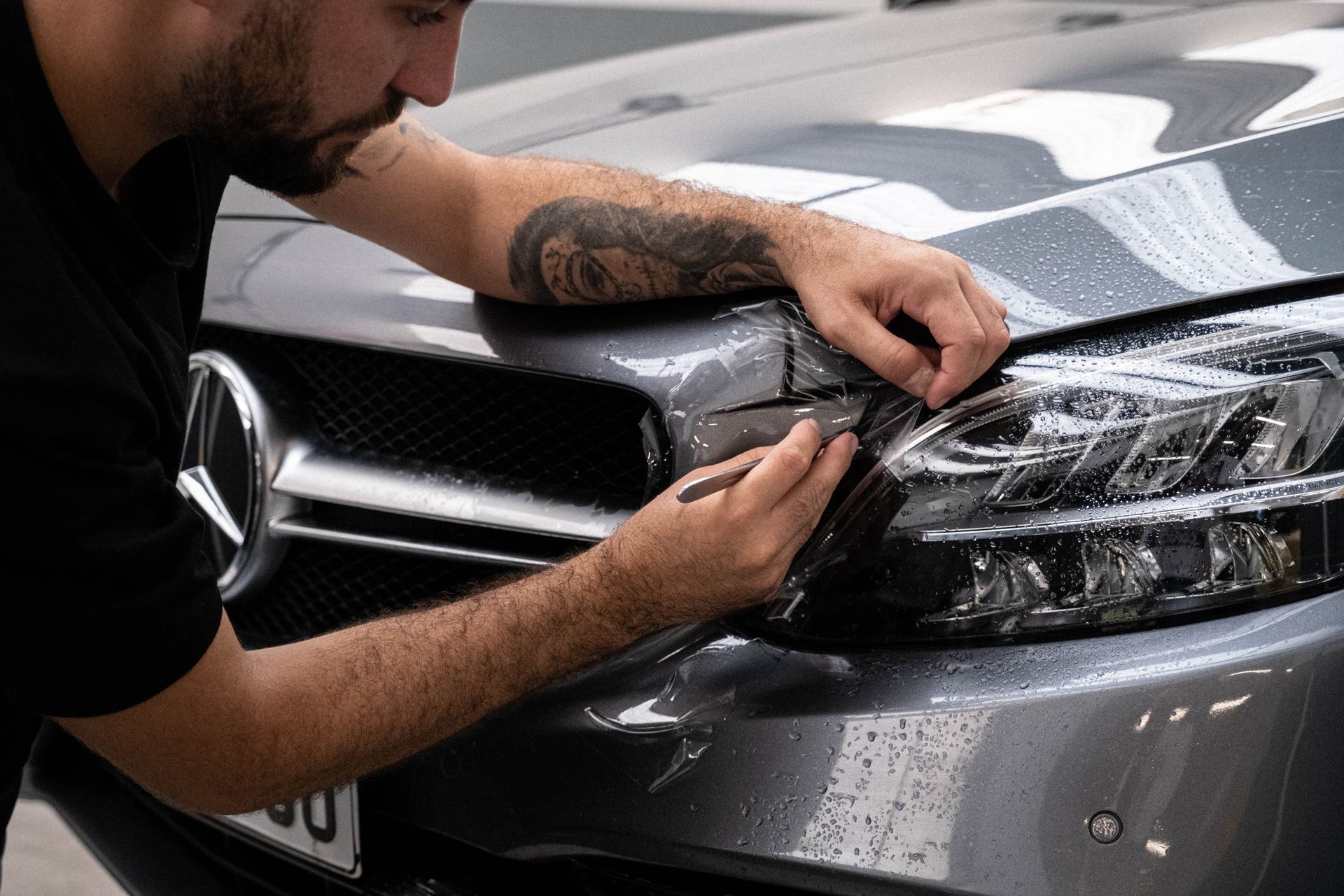
Benefits of Using PPF for Vehicle Protection
PPF is an investment in both the appearance and longevity of your car. Here are a few notable benefits:
- Scratch and Chip Resistance: The primary function of PPF is to defend against rock chips, scratches from brushes or keying, and the general wear and tear on your car’s painted surfaces.
- Self-Healing Technology: One of the most impressive features of modern PPF is its self-healing properties. Minor scratches and swirl marks disappear over time as the film reacts to heat, returning to its original state.
- UV Protection: PPF also protects the paint underneath from UV rays, preventing fading and oxidation.
- Easy Maintenance: A vehicle with PPF is easier to clean and maintain. The film repels water, making it harder for dirt to stick, and protects against contaminants that might otherwise degrade the paint’s finish.
What Is a Vehicle Wrap?
A vehicle wrap, by contrast, is a large, full-body film applied directly to the exterior of your vehicle. Unlike paint protection film (PPF), wraps can be fully customized with a wide range of designs, colors, and finishes, allowing for a distinctive visual style while also offering a moderate level of surface protection.
Material and Installation Process
Vehicle wraps are crafted from durable, high-quality materials and are available in a range of finishes such as matte, gloss, satin, and textured styles. These materials can feature custom graphics or solid colors, depending on the desired look. Once prepared, the wrap is professionally installed using specialized tools, carefully applied and molded to the contours of the vehicle to ensure a seamless, precision fit across both broad panels and detailed areas.
Advantages of Using a Vehicle Wrap for Customization and Protection
Wraps are often chosen for their customization options and moderate protection. Here’s what makes them stand out:
- Customization: Vehicle wraps allow for almost unlimited customization. Whether you want a matte black look, a vibrant graphic design, or even a full-color change, wraps give you the freedom to express your style.
- Temporary Protection: While wraps provide a level of protection against scratches and minor dings, they’re not as durable as PPF. However, they still shield your paint from UV rays, dirt, and light abrasions.
- Cost-Effective for Design Changes: If you want to change the appearance of your vehicle but don’t want to repaint it, wraps offer a less expensive and reversible option.
- Removal Option: Unlike PPF, which is permanent, wraps can be removed when you want to change the look or restore your vehicle’s original paint.
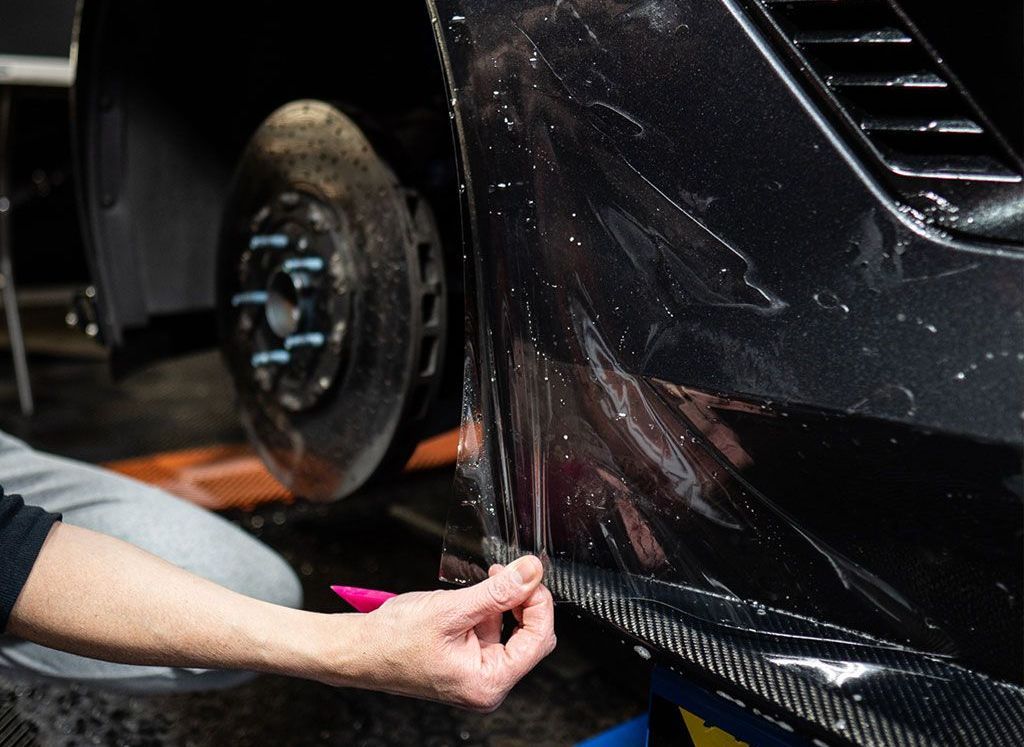
Key Differences Between Paint Protection Film and Vehicle Wraps
While both PPF and wraps offer protection for your vehicle, they serve different purposes and come with different advantages. Let’s dive into the specific differences that set them apart.
Durability & Longevity
PPF is known for its impressive durability. It can withstand harsh elements like road debris, bird droppings, and even minor collisions without compromising the underlying paint. PPF can last anywhere from 5 to 10 years, depending on the brand and care.
Vehicle wraps, on the other hand, are generally less durable. While they can last for several years, they tend to wear out faster than PPF, especially in areas of high friction like the front bumper or side mirrors. Wraps typically last 3 to 5 years before showing signs of wear.
Protection Level
The level of protection differs significantly between the two. PPF is designed to absorb the impact of scratches, chips, and small abrasions, acting as a physical shield for the car's paint. It’s ideal for those who want to preserve the factory finish of their vehicle without worrying about environmental damage.
Wraps, while offering some protection against dirt and UV rays, are not as effective at preventing chips and scratches. They act more like a cosmetic layer that shields against light damage and can add an extra level of protection from the sun’s harmful rays, but they won’t protect the paint from significant damage.
Appearance & Aesthetics
Both PPF and wraps can enhance the appearance of your vehicle, but in different ways. PPF is clear, meaning it preserves the original color and gloss of your car’s paint. It’s perfect for those who want protection without altering their vehicle’s appearance.
Wraps, on the other hand, completely change the look of your vehicle. From color changes to complex graphic designs, wraps can transform a car into a rolling work of art. They are the perfect option for those who want their car to stand out or for businesses looking to advertise with custom designs.
Cost Comparison
The cost of PPF can be higher than vehicle wraps, especially for full-coverage applications. On average, PPF installation costs can range from $1,300 for partial coverage to $5,000 or more for complete protection.
Vehicle wraps, in contrast, are generally more affordable. The cost depends on the complexity of the design, the materials used, and the size of the vehicle, but wraps typically range from $2,000 to $4,000 for full vehicle coverage.
Which Option Is Right for You?
Choosing between PPF and a wrap largely depends on your priorities and how you use your vehicle. Consider the following factors when making your decision:
Vehicle Type and Usage: If you have a luxury car or a high-performance vehicle, PPF is likely the better choice due to its superior protection and long-term durability. If you drive your car regularly and want to keep its paint looking new, PPF is a great option.
Aesthetic Goals: If your primary goal is to enhance the look of your car with a unique, eye-catching design, a wrap is the way to go. Wraps give you the flexibility to experiment with colors and patterns.
Budget: If you're looking for high-end protection and don’t mind the investment, PPF is a fantastic choice. However, if you’re looking for a cost-effective way to change the look of your vehicle, wraps can be more budget-friendly.
At Final Approach Detailing, our experts can guide you in selecting the perfect option for your vehicle based on your specific needs and preferences.
Protect or Transform—Make the Smart Move for Your Vehicle
Every car owner wants their vehicle to look its best and stay protected, and choosing between paint protection film and vehicle wrap is all about understanding your priorities. PPF offers invisible, high-impact protection built to withstand harsh conditions, while vehicle wraps give you the freedom to completely change your car’s style with endless design options. Both serve different purposes, but the right choice depends on how you drive, what you want your car to say, and how long you want that investment to last.
At Final Approach Detailing, we offer advanced paint protection film for invisible defense and color change nanolink PPF that gives you the best of both worlds — durable protection with a custom look. Whether you want to maintain your original finish or transform your vehicle’s style with long-lasting protection, our expert team can help you achieve both.
Contact us today and give your vehicle the expert attention it deserves.
